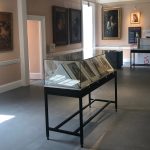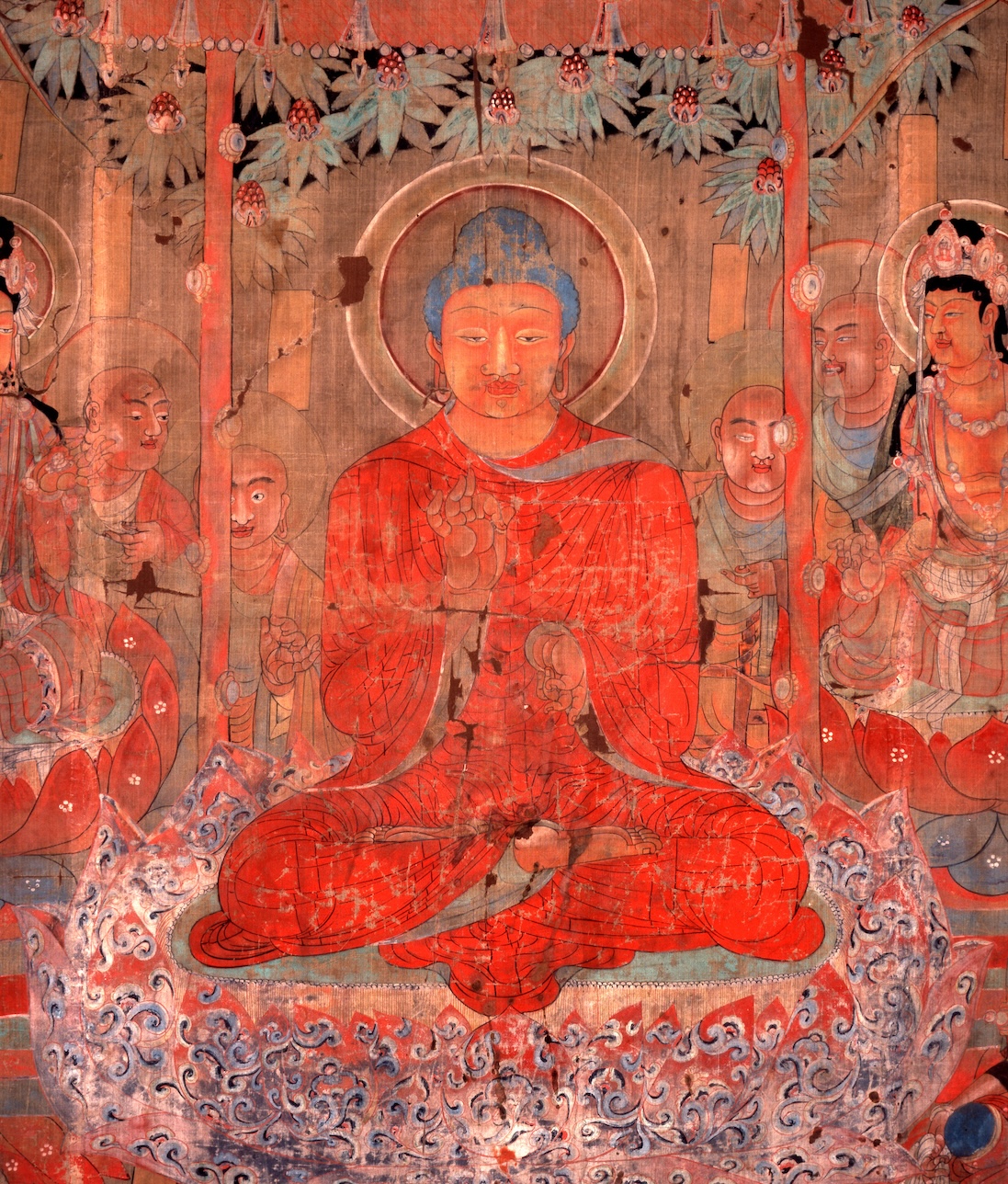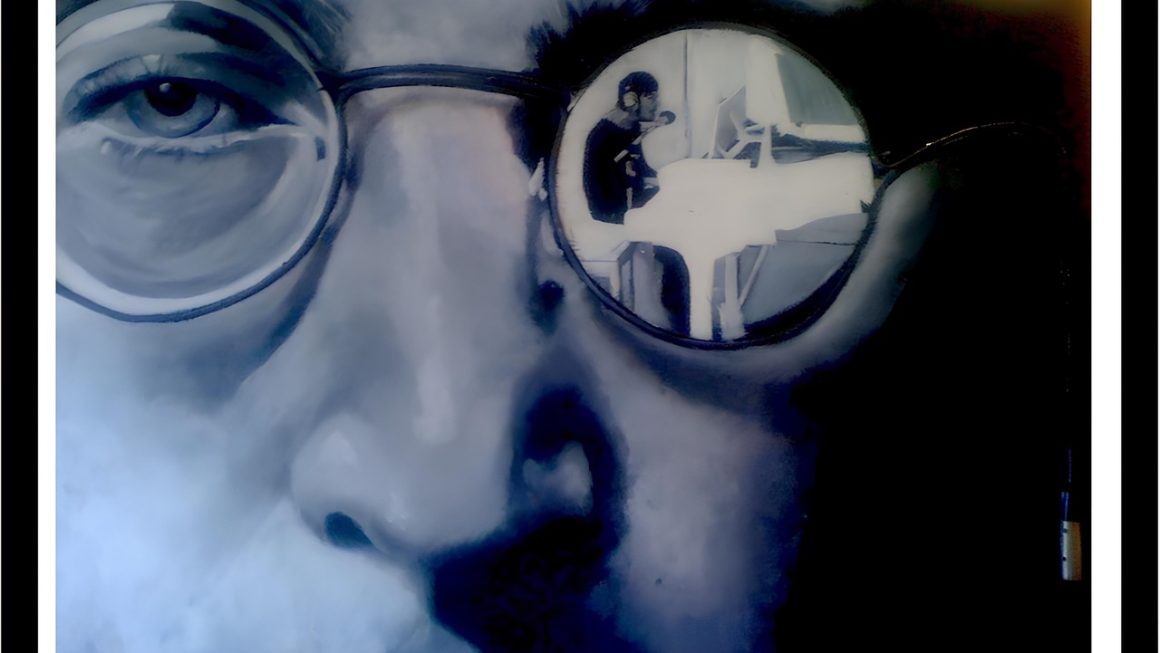The British Museum has announced a major new exhibition that will explore the origins and evolution of Hindu, Buddhist, and Jain religious art for the first time under one roof.
“Ancient India: living traditions,” opening on 22 May 2025, will trace how the artistic depictions of these faiths transformed from symbolic representations to the human forms recognised today, offering visitors insight into traditions that influence nearly two billion people worldwide.
The exhibition, which will run until 19 October in the Sainsbury Exhibition Gallery, brings together over 180 objects spanning two millennia of artistic and spiritual development.
Unprecedented Approach to Religious Art
Museum officials describe the exhibition as the first ever to consider early Indian sacred art through a global, pluralistic lens. Drawing from the Museum’s extensive South Asian collection and loans from various partners, it offers a comprehensive view of how ancient religious practices shaped living traditions.
Sushma Jansari, Tabor Foundation Curator South Asia, explained: “The show explores the origins of Hindu, Jain, and Buddhist art in the nature spirits of ancient India, through exceptional sculptures and other works of art. We also bring the story into the present: with almost two billion followers of these faiths globally, these sacred images hold deep contemporary relevance and resonance.”
A highlight of the exhibition will be a 1,000-year-old statue of Ganesha, the elephant-headed deity revered across multiple faiths. Traces of hot pink pigment still visible on the ancient statue provide tangible evidence of centuries of worship.
Shared Artistic Traditions
One of the exhibition’s key revelations is how sculptures from all three religions were often produced in the same workshops in artistic and religious centres such as the ancient city of Mathura, explaining many similarities in their religious art.
The exhibition details how between 200 BC and AD 600, artistic depictions of deities and teachers dramatically changed from symbolic to human forms, while showing how some imagery, such as that of the Hindu goddess Lakshmi associated with wealth and good fortune, has remained largely unchanged for over two millennia.
According to Dr. Priya Sharma, a religious studies scholar not involved with the exhibition, this approach is significant: “By examining these traditions side by side, the exhibition challenges the common tendency to view these religions in isolation. It reveals their interconnected development and shared artistic heritage, which is academically important and culturally enlightening for the general public.”
Community Collaboration
In a notable move toward inclusive curation, British Museum staff collaborated closely with an advisory panel of practising Buddhists, Hindus, and Jains to shape the exhibition. Their influence extended beyond object selection to exhibition design, sustainability practices, and even retail offerings.
This collaboration led to prioritising eco-friendly, recyclable, and vegan materials for the care and display of devotional images—an approach that reflects the values of many practitioners of these faiths.
Nicholas Cullinan, Director of the British Museum, commented: “By bringing together centuries of devotional imagery and collaborating closely with our community partners, we not only celebrate the legacy of these faiths, but also recognise the ongoing influence of South Asian traditions here in the UK and worldwide.”
UK Diaspora Connections
The exhibition will highlight the continuing relevance of these traditions in contemporary Britain through multi-media films illustrating how these practices flourish across the UK today.
Community leader Rani Mehta welcomed this aspect: “It’s important for second and third-generation British Asians to see their cultural heritage presented with such depth and respect in a major institution. It helps them connect with traditions that might sometimes feel distant in a British context.”
The exhibition is expected to appeal to a wide audience, from religious studies scholars to art enthusiasts and members of the diaspora communities whose heritage it celebrates.
Tickets start from £16, with concessions available and free entry for under-16s when accompanied by a paying adult. The museum will offer 2-for-1 tickets for students on Fridays to encourage young people to engage with these ancient traditions.
A comprehensive catalogue written by Sushma Jansari and Sureshkumar Muthukumaran will be published to accompany the exhibition, providing deeper context on the artistic and spiritual traditions represented.












